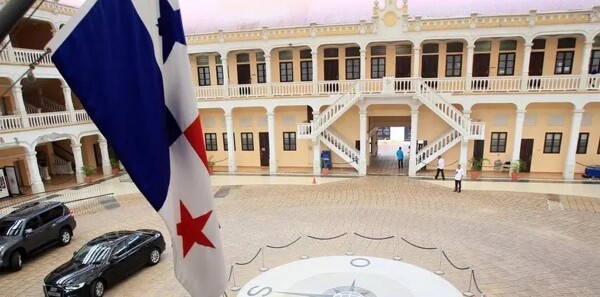Andalusia has experienced notable demographic and tourism growth since the early 1980s. The population has increased from less than 6.5 million to over 8.5 million today, while the number of tourists has doubled, reaching 36 million. Visitors to museums have also multiplied, from 599,769 in 1991 to 2,398,894 last year.
The number of marriages has decreased significantly, from 6.5 per thousand to 3.6. Regarding salaries, men have an average of over 21,500 euros annually, while women hover around 17,000 euros. The Andalusian population has grown by 2.2 million inhabitants but has also aged considerably.
In educational matters, more than 2 million Andalusians have attained higher education, multiplying almost 9 times the number of people with such education in 1980. The number of contributory pensions has multiplied by two and a half, benefiting more than one million six hundred fifty thousand Andalusians in 2024.
The foreign population in Andalusia has increased significantly, surpassing 832,000 residents. Despite the population increase, the average number of children per woman has decreased from 2.7 to 1.2. Additionally, early school dropout has fallen to just over 15%.
Population aging is one of the most relevant demographic phenomena in the region. Life expectancy has increased, as has the price per square meter, which was 276 euros in 1987 and is currently 1597 euros. The community has undergone significant changes in various aspects, such as economy, education, tourism, and demographics, over the last four and a half decades.
Current Andalusia, which will celebrate 45 years of autonomy in 2025, differs markedly from that of 1980 according to data from the Andalusian Institute of Statistics and Cartography (IECA). There is an observed advancement in the educational level of the population, an increase in the number of foreign residents, and an expansion in tourism activity and air traffic, among other significant changes.













